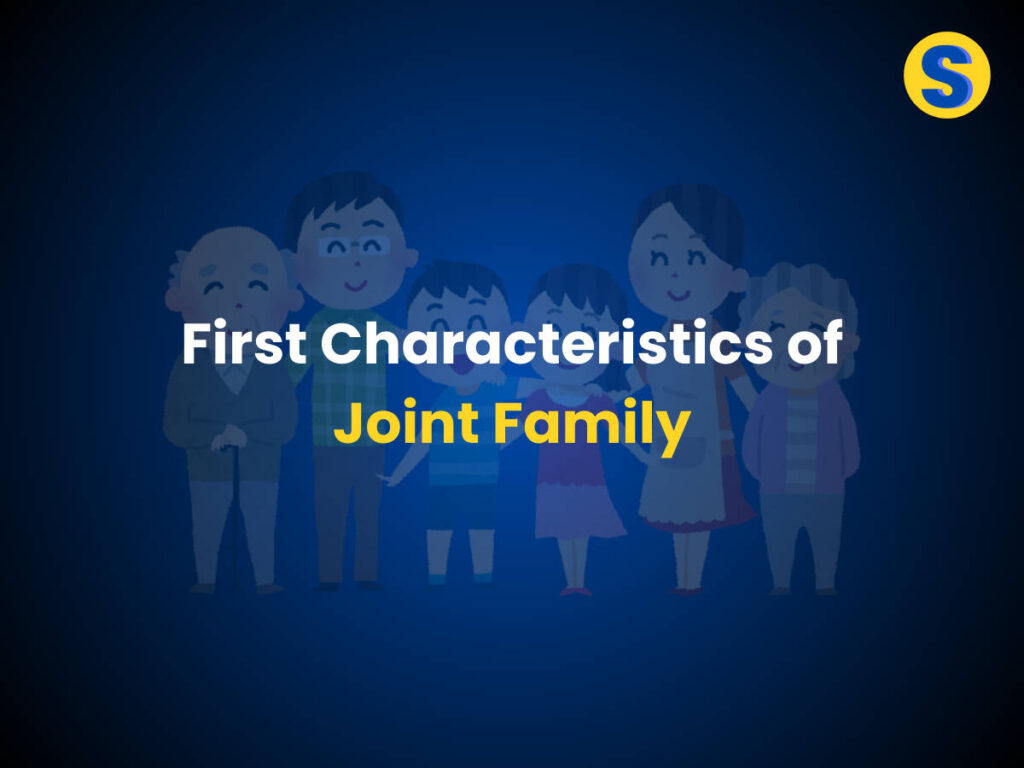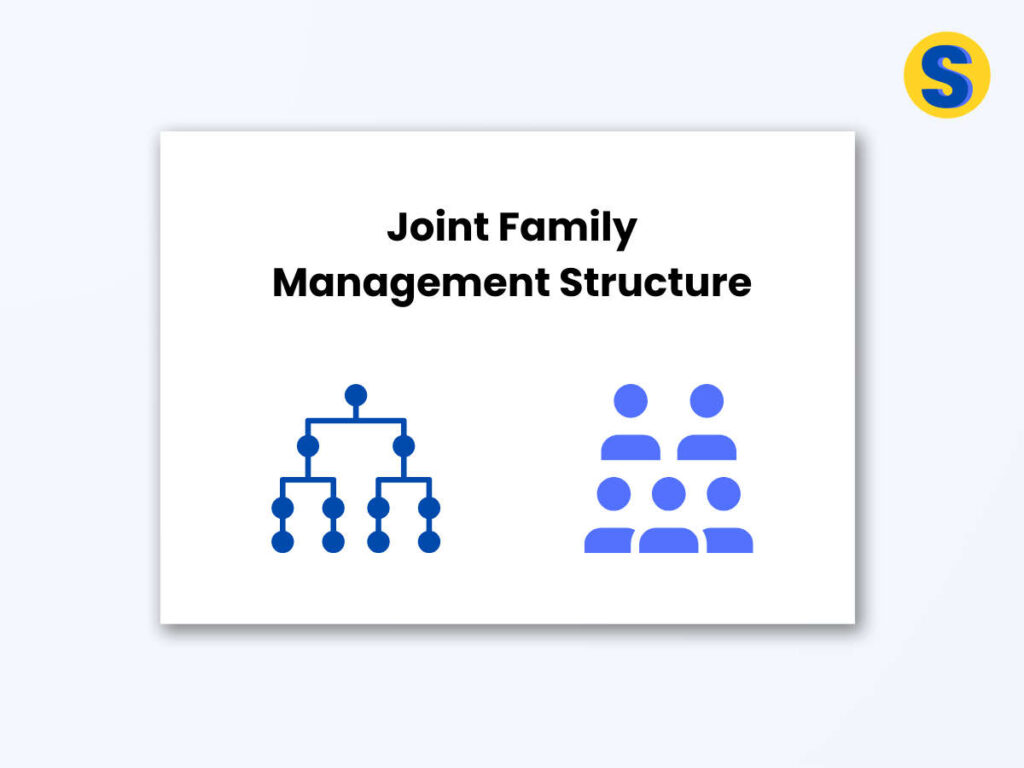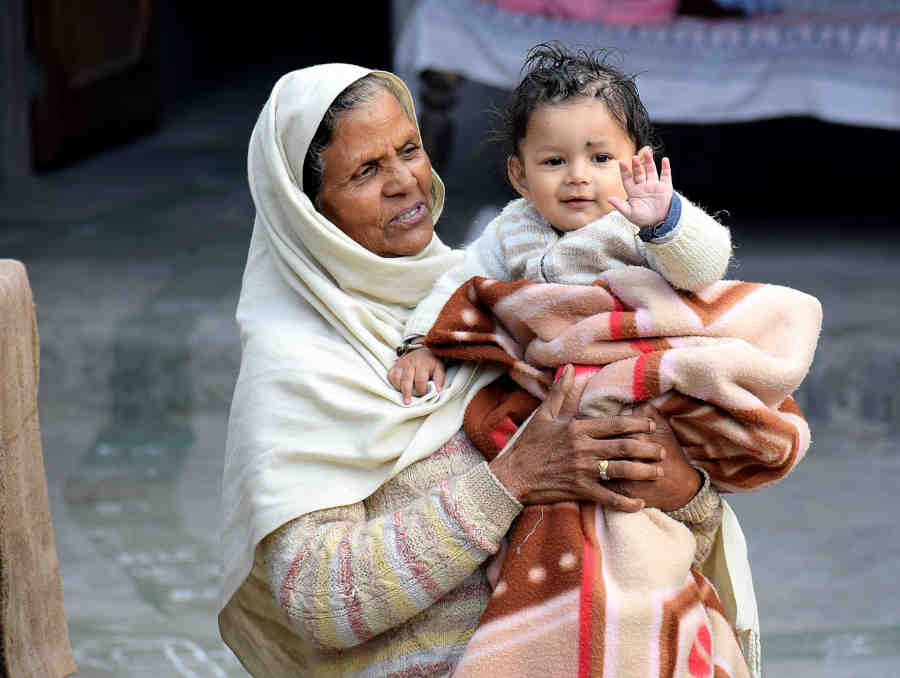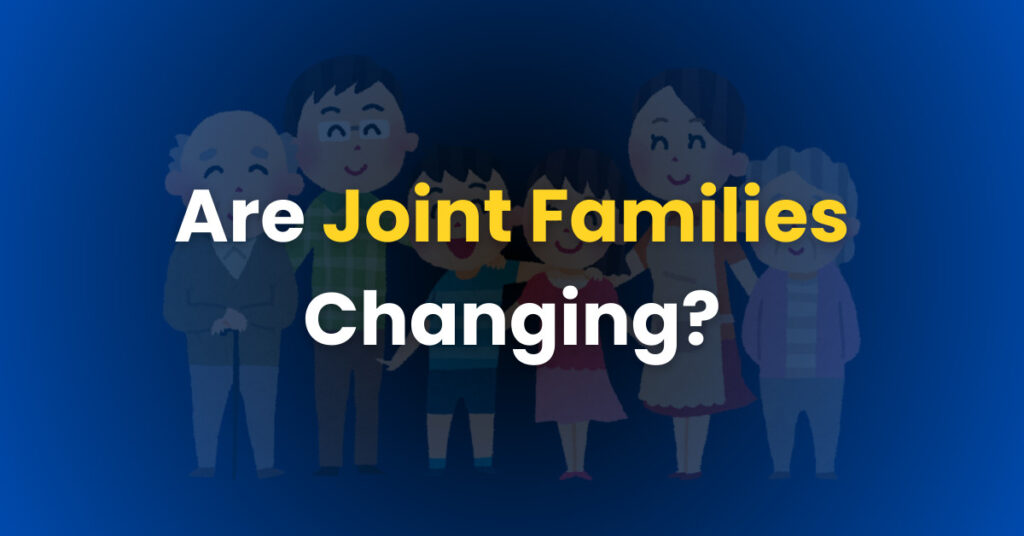To know whether the characteristics of joint family are changing, don’t you need an overview of them?
So we are going to observe 11 such main characteristics of a big family.
Before that read an excerpt from an article published in the Times of India;
“The division of the joint family into smaller units is not the symbol of people rejecting this traditional structure. The circumstances and conditions also made the need for people to split the family.”
So there’s something we need to look into right?
Let’s begin.
Table of Contents
1. First Characteristics of Joint Family:

As the name suggests, with a joint family, features related to its shape or size come first.
a. Large number of family members:
Although families of 25-50 members are disappearing as in the past, today’s joint family can be said to have at least 10 members including grandparents, their children, and grandchildren.
b. Big House and Ancestry:
A joint family home is usually larger because of the larger number of members.
The term “ancestry” is used to include the history and unique matters of the way the family lived. So, you can say ancestry is also big here.
2. Noisy Environment:
Noise is more common in joint families due to the large number of members.
It may be in the form of calling, shouting, praising, scolding, laughing, crying, chattering, etc.
This does not seem to need separate examples. If there are kids, then you know what happens, don’t you?
3. Ruling or Management by Elder Members:

Another main point that comes to mind when thinking about the characteristics of joint family is the ruling or management of the family.
Here most of the family decisions (99%) are taken by senior members.
Because of this, in many families, there seems to be no difference between ruling, management, and oppression.
4. Lack of independence:
In a big family, members are more likely to fail to make appropriate decisions individually.
For example, note the choices and situations that occur concerning the following aspects of life;
- Career
- Food
- Hobby
- Purchase of products or services
While making a decision related to such matters being a big family member, there begin to flow suggestions flooded with “good or bad” and “right or wrong”.
This puts members in a dilemma in a joint family who do not have the power to choose.
5. Availability of Mutual Cooperation:

A big family comes with big work and responsibilities.
Members cooperate in work such as cooking, house cleaning, in looking after kids, helping in agricultural tasks, and especially in the successful conduct of festivals and other ceremonies.
Especially, for sick members, joint family is a boon.
What do you say?
6. Over-Dependence:
Cooperation availability can lead to a negative effect of “over-dependence”.
You may have noticed this scenario.
For some children, drinking water is to be brought by others (mainly parents) always, no matter how busy they are in other works.
“So is this such a big deal?” – you may ask.
Definitely not. Such small things help to understand the time value and circumstances and act accordingly.
As such, it is not just a characteristic of joint family. These are common even in a small family of 3 members.
But, in a big family, there is a high probability that at least one person is ready to say “yes” if others say “no” to such over-dependence-provoking helps.
7. Tricky Responsibility of Wealth Management:

Do this little experiment before reading further.
Close your eyes and think about – what would be the “characteristics of a joint family with maximum wealth” and “characteristics of a joint family with minimum wealth”.
Did You? What came to your mind?
As you know, signs of having maximum wealth are easy to identify. For example, a rich family may use needs according to wealth, while poor families may use wealth according to needs.
So, there is no doubt that the amount of wealth determines the level of convenience. But, whether there are advantages or not, managing wealth in big families is a big challenge.
- Source of income.
- Mode of earning.
- Managing members’ needs, wants, and unrealistic desires.
- Food, clothing, and health-related expenses.
- Children’s education.
Apart from many such things, asset division among family members also makes managing the wealth of a joint family even more burdensome.
These also influence the characteristics of the extended family that we are about to see.
8. Dynamic Challenge of Managing Relationships:
Is peacefully managing relationships really possible with other responsibilities in everyday life? It’s a question that frequently arises while living in a family of more members.
A big challenge is overcoming the relationship problems that come with at least three generations of people living in the same house. And, you can call it a joint problem if you want to.
Members with different experiences, needs, and desires, need to be willing to adapt to complex situations of family. This leads to multiple sacrifices.
Sometimes there will be situations where necessary and unnecessary sacrifices cannot be distinguished.
isn’t it
Okay. Let me ask you – How do you feel about this blog post?
9. Vitality of Culture and Rituals:

Since there are elders and they themselves lead the family, many rituals and cultures are still prevalent today.
Joint families differ in many aspects like religious and festive rituals, food habits, eating together, and choice of clothes or ornaments.
The elders of the present families are indeed trying to save the rituals and cultures.
Likewise, don’t the younger ones also need to develop the art of asking the elders the right questions in the right way (without the ego of knowing technology or other special knowledge/science)?
Hey, I’m asking you. After finishing your read let me know your opinion on this, okay?
10. Changing Characteristics of Joint Family:
You might have heard the saying “Change is the only constant in the world”. Shouldn’t that also apply to a big family – which is a mini world in itself?
As mentioned earlier, a family with at least 25 – 50 members is called a joint family. But today the family size is declining to around 10 members.
For many years, children born in big families have stayed away from home due to education and employment reasons. On top of it, their families who move on are also left out of the original family home.
Environment, climate, food, clothing, and types of professions, including technology, are undergoing unimaginable changes.
If we look at the changes in rituals, cultures, maintenance of relationships, etc. that we have just seen, “changing characteristics” itself can be said to be an important characteristic of the joint family.
This is what I said in the heading “Answer in 10th!”
11. Availability of Many Learning Opportunities:

Those who continuously learn topics directly related to the profession, as well as other life-growth-related helpful matters, are better able than others to face problems and find solutions.
All the characteristics we have observed so far are themselves helpful learning chapters.
Hence, “learning opportunities and special conditions” turn out to be one of the important advantages of joint families.
Such learnings are not just bookworms but help to effectively deal with major aspects of daily life such as health, wealth, and relationships.
Frequently Asked Questions (FAQs):
Conclusion:
I hope that the characteristics of joint family that we have observed so far have been successful in providing you with a lot of useful insights.
Starting with name and size, we identified many characteristics and changes in the big families, including relationships and wealth management, customs, and learning opportunities.
So are the characteristics of joint family changing? The answer is yes.
Are there other characteristics you know of?
Comment your thoughts, opinions, and suggestions. It will help other readers too.
Let’s meet in the next post.

Author and Publisher
Shreenidhi K
Hey, I’m Shreenidhi. I have created SharingShree to mutually learn and share content including experience and knowledge gathering while providing online marketing services for businesses through OnlineShree. Know More.
